Global Development: This nature-loving sect in India dragged one of the world’s biggest movie stars to court — and won
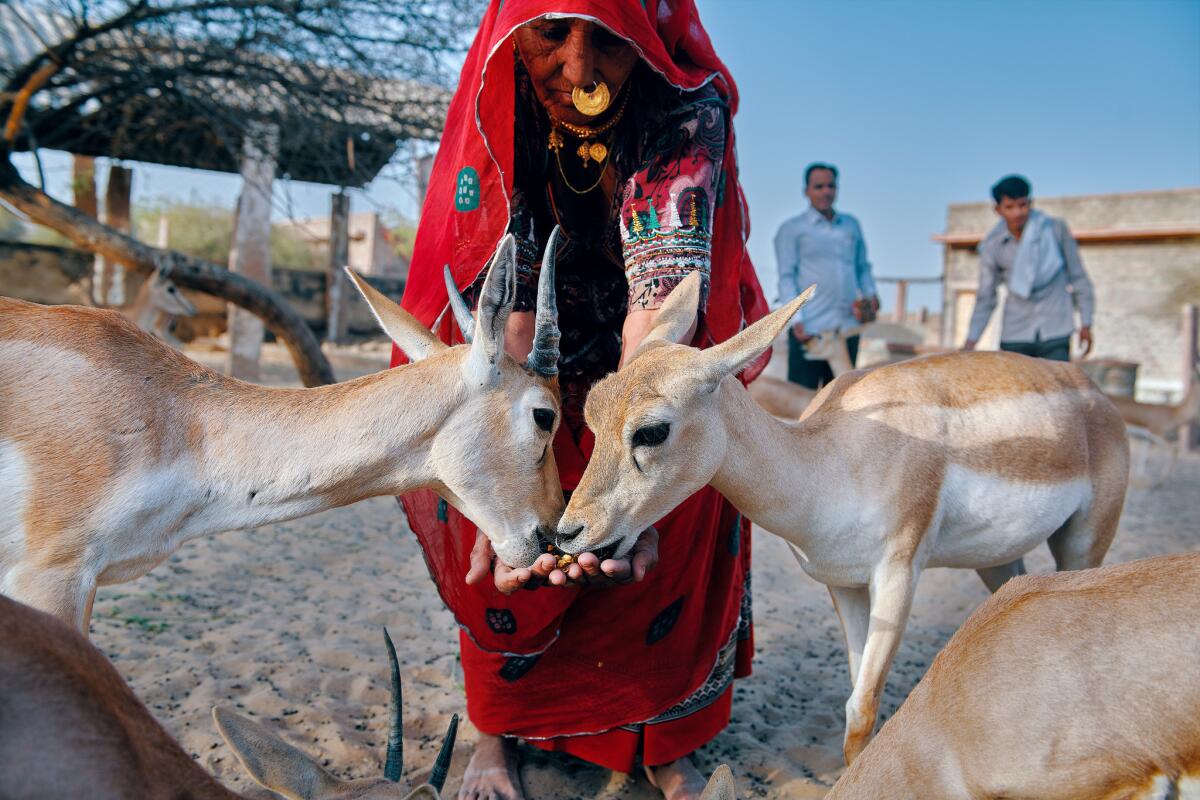
- Share via
Early one recent morning, a motorcycle pulled up outside a temple in the northwestern Indian desert and deposited a 6-month-old gazelle that appeared to have been attacked by a feral dog and was bleeding from the mouth. A temple worker lay the fawn on the ground and fed it water from his palm.
Inside the open-air temple, dozens of the gazelles, known as chinkaras, and a long-horned blackbuck antelope ambled around a sandy enclosure, all having been brought there for care after being wounded or orphaned. Leathery-skinned women wearing jingling bangles, men in white turbans and a rickshaw driver in a dress shirt took turns feeding the injured animals handfuls of roasted chickpeas and offering prayers.
These were not ordinary animal lovers. For the Bishnois — a community of about 700,000 Hindus scattered mainly across the Thar desert — caring for wildlife is a credo of their ancient faith, which reveres the desert’s native antelope species as gods.
Over the last six centuries, the Bishnois’ defense of animals has occasionally pitted them against powerful forces in India — but perhaps never more strikingly than in the 20-year court battle they have waged to bring one of the country’s most famous men to justice in a poaching case.

Salman Khan, the brooding Bollywood megastar, was accused of killing two blackbucks in 1998 outside a Bishnoi village near the city of Jodhpur. Acquitted in two related cases, Khan waged an all-out defense, with film industry luminaries and legions of fans demanding his exoneration and lawyers stalling the proceedings so many times that the lead witness, a Bishnoi villager, had to appear in court 68 times.
When a judge pronounced Khan guilty last month and handed down a sentence of five years in prison, Bishnois danced and lighted fireworks outside the courthouse.
“If any animal is attacked, we think of it as an attack on our own family,” said Mangalram Bishnoi, 35, a leader in Kankani village south of Jodhpur, where the trial was held. (Like most in the community, he goes only by his first name; Bishnoi is a shared surname.)
Khan, 52, is a muscled star of action films with an off-screen bad-boy persona to match. He has acknowledged becoming violent on movie sets and was accused, though eventually acquitted, of killing a homeless man in a hit-and-run accident.
In many ways, he was the perfect foil to the normally pacifist Bishnois, who follow the teachings of Jambheshwar, a 15th century guru who enumerated 29 tenets of healthy, moral and ecologically sustainable living, including compassion for all beings and a prohibition on felling living trees.
Respect for animals is common in South Asian faiths; many Hindus regard the cow as sacred, while Buddhists and Jains believe that living creatures shouldn’t be harmed. But the Bishnois stand out for taking their saint’s precepts to extremes to protect the rare blackbuck, the delicate chinkara and other antelopes that live alongside them in the harsh desert.
Legend has it that 363 Bishnois were killed in 1730 when they wrapped their bodies around trees known as khejri to stop soldiers from chopping them down to build a new palace for the local ruler. It made them perhaps the world’s earliest tree huggers, and the inspiration for the Chipko conservation movement of the 1970s, when women in northern India garnered worldwide attention for encircling trees to protest deforestation in the Himalayan foothills.
Last year, a photo went viral showing a Bishnoi woman — wearing a traditional patterned sari and a large nose ring — breastfeeding a fawn. Several times in recent decades, Bishnois have put themselves between an antelope and a hunter’s bullet.
It is the sort of steadfastness that Jambheshwar imagined when he devised his 29 rules — the group’s name is a compound of the Rajasthani words bish, meaning 20, and noi, or nine — which extend beyond biodiversity to personal health and hygiene, social behavior and worship.
Among his admonishments: rise early, bathe before sunrise, pray twice daily, shun drugs and alcohol and maintain a strict vegetarian diet. And though it is not one of the rules, Bishnois depart from Hindu custom by burying their dead instead of cremating them, believing pyres to be a waste of wood and that bodies laid to rest underground provide nourishment for insects.
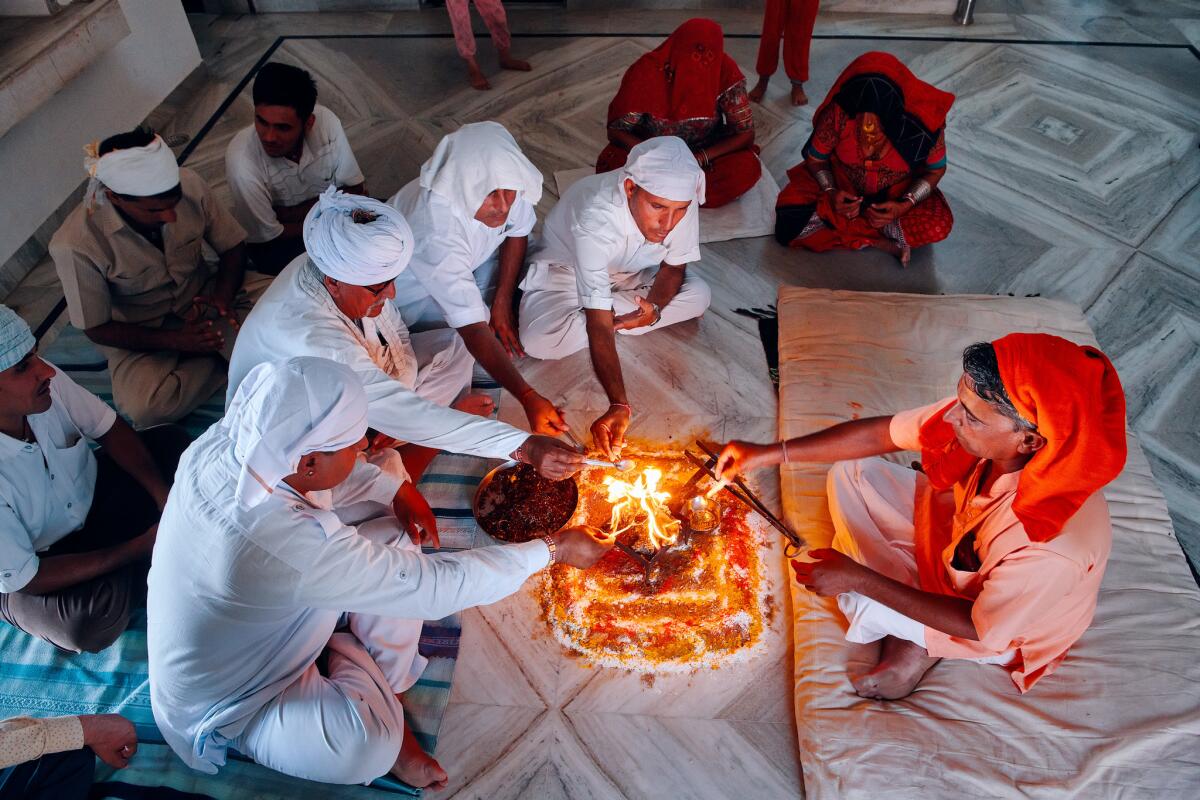
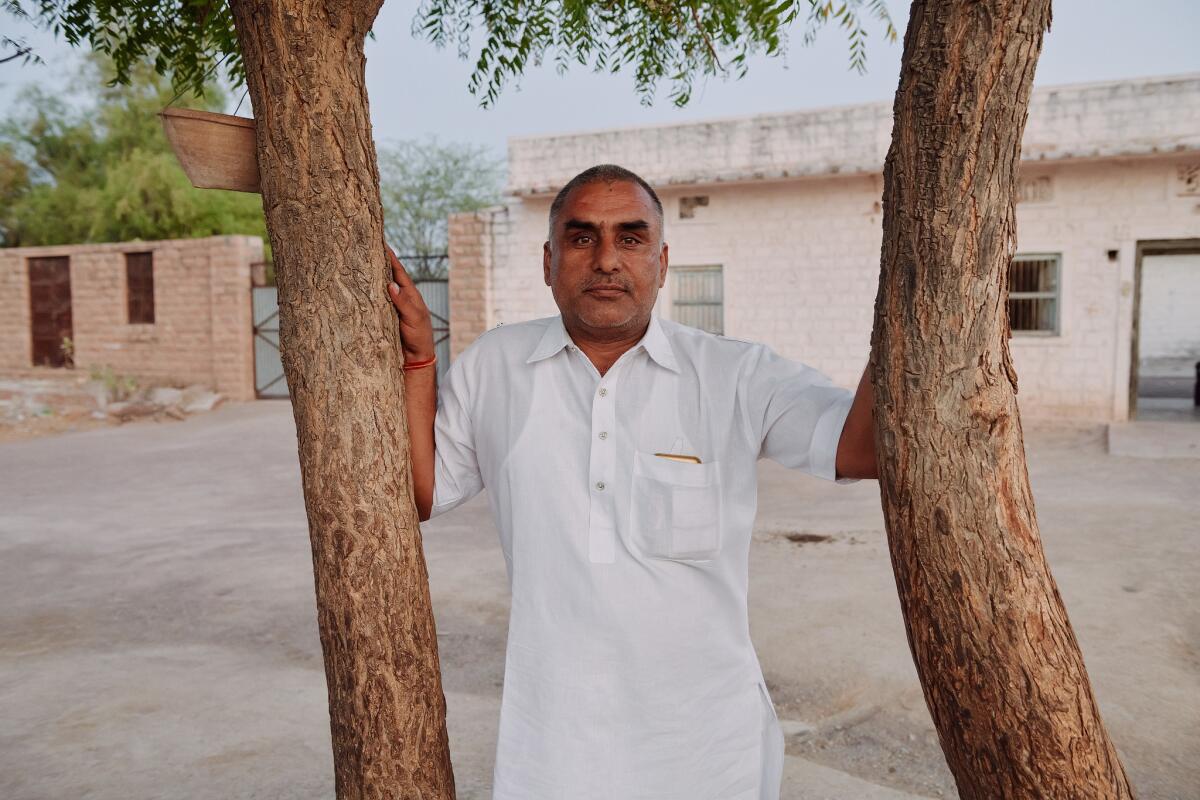
Orthodox Bishnois also heed the guru’s instructions to eat only home-cooked food and not to accept any food or drink from those seen as less pure.
On a blistering afternoon in late April, as the mercury touched 110 degrees and the sand underfoot singed sandal-clad toes, Hanuman Bishnoi politely declined to sip from a store-bought water bottle as he described how his ancestors practiced environmental sustainability long before the modern world fretted about endangered species, forest cover and climate change.
“Scientists across the world are talking about environmental preservation,” said Hanuman, a compact 45-year-old who runs a transport business. “But our respected guru wrote about it more than 500 years ago.”
Inside Hanuman’s two-story house, a picture of the white-bearded Jambheshwar, hands clasped on the handle of a cane draped with prayer beads, adorned a small shrine next to the living room. On the stone floor in the main hall, a priest prepared for an evening prayer by spreading a mound of dirt on which he would light the ceremonial fire.
“The earth is holy,” Hanuman explained, “even if it’s just the dirt outside your door.”
Three village elders arrived for the prayer, and the small gathering recited verses on nonviolence.
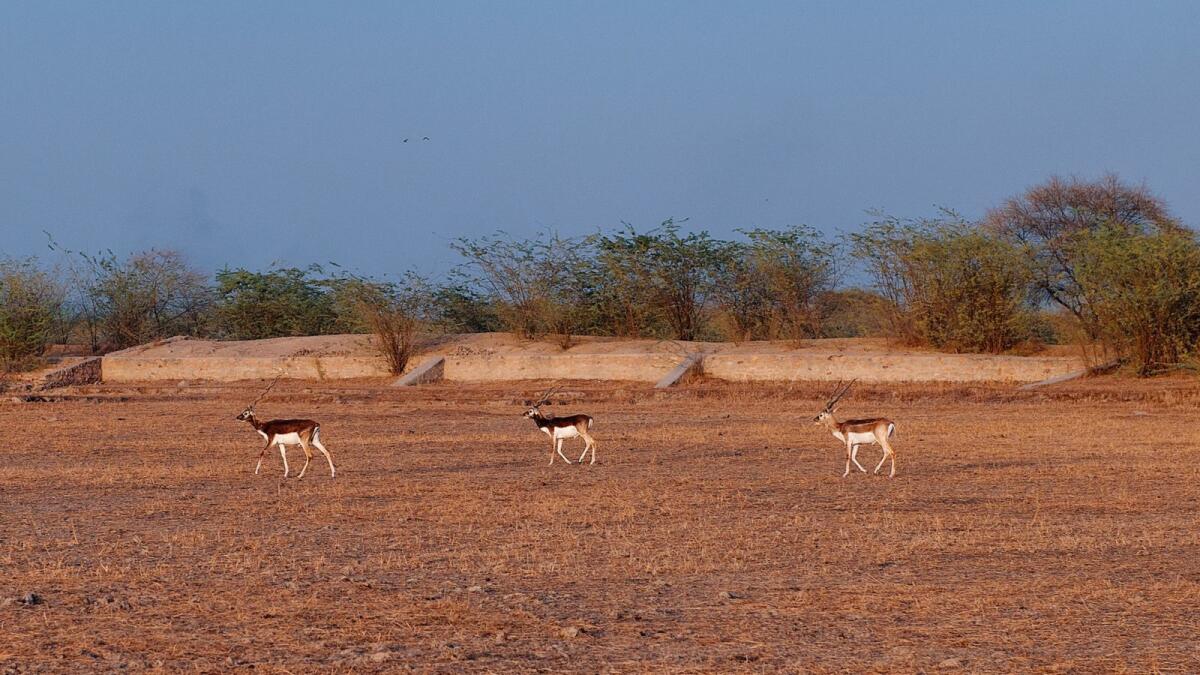
If any animal is attacked, we think of it as an attack on our own family.
— Mangalram Bishnoi, community leader

Bishnois have sometimes bent this principle. After the prayer, 72-year-old Pokharam Bishnoi described how an army officer from a nearby military camp used to land his helicopter in the fields to hunt. Pokharam proudly related how he and a group of men once accosted the brigadier before he could reload his rifle and beat him up.
Nowadays, they are more likely to hand over a poacher to police.
Traditionally, Bishnois don’t carry weapons. But four years ago, after a 25-year-old Bishnoi man was shot and killed by a chinkara hunter he confronted in northern Rajasthan, community leaders renewed demands for arms licenses and a greater share of jobs in the government wildlife service. The shooter’s trial is still not over.
Some environmentalists question the Bishnois’ methods, saying they harass authorities and protect only blackbucks and chinkaras while ignoring other species. Their practice of fencing land for farming — long the primary occupation in the community — has sometimes resulted in injuries to animals that get caught in wire.
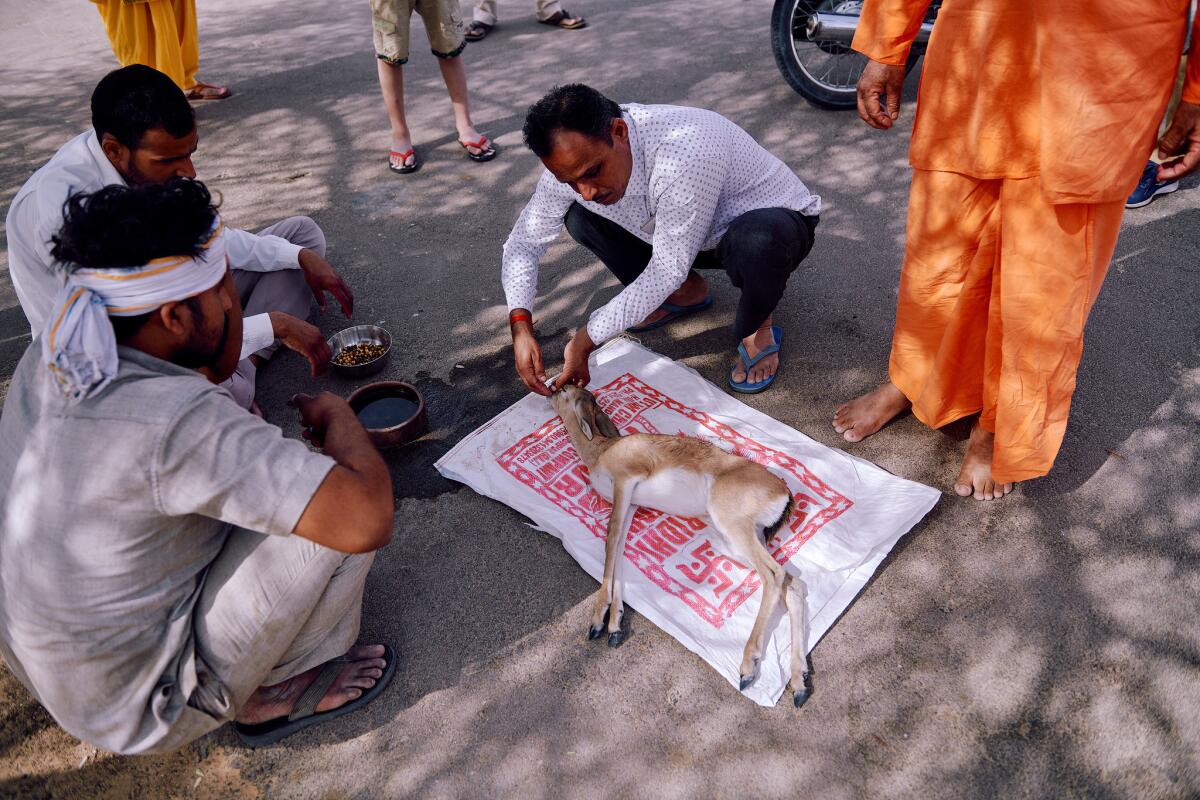
Bishnois say they are protective of antelopes because the animals are easily frightened and most vulnerable to hunters. Even critics agree that the Bishnois’ devotion to the blackbuck and chinkara has helped the species’ populations rebound and reduced incidents of poaching.
“Even with the harsh conditions, the Thar is one of the most densely populated deserts in the world, both in terms of flora and fauna, as well as of humans, in part because of the Bishnois’ practices,” said Pankaj Jain, a professor of religion at the University of North Texas.
Others criticize the Bishnois’ traditional practices involving women, which can appear out of step with the modern age.
For 30 days after childbirth, according to Jambheshwar’s teachings, a mother and her newborn should be segregated from their family, looked after by other women but made to use separate plates and utensils. The same goes for a five-day period surrounding a woman’s monthly menstrual cycle, which traditional Bishnois regard as unclean.
Community leaders say the practices allow women to rest. But these rules too are being bent in the modern age.
Vaibhav Bishnoi, a 28-year-old lawyer in Jodhpur, said that as more Bishnois have begun working in cities, “we’re not able to follow every rule every day.” She doesn’t sequester herself during her period, partly because she has to be in court.
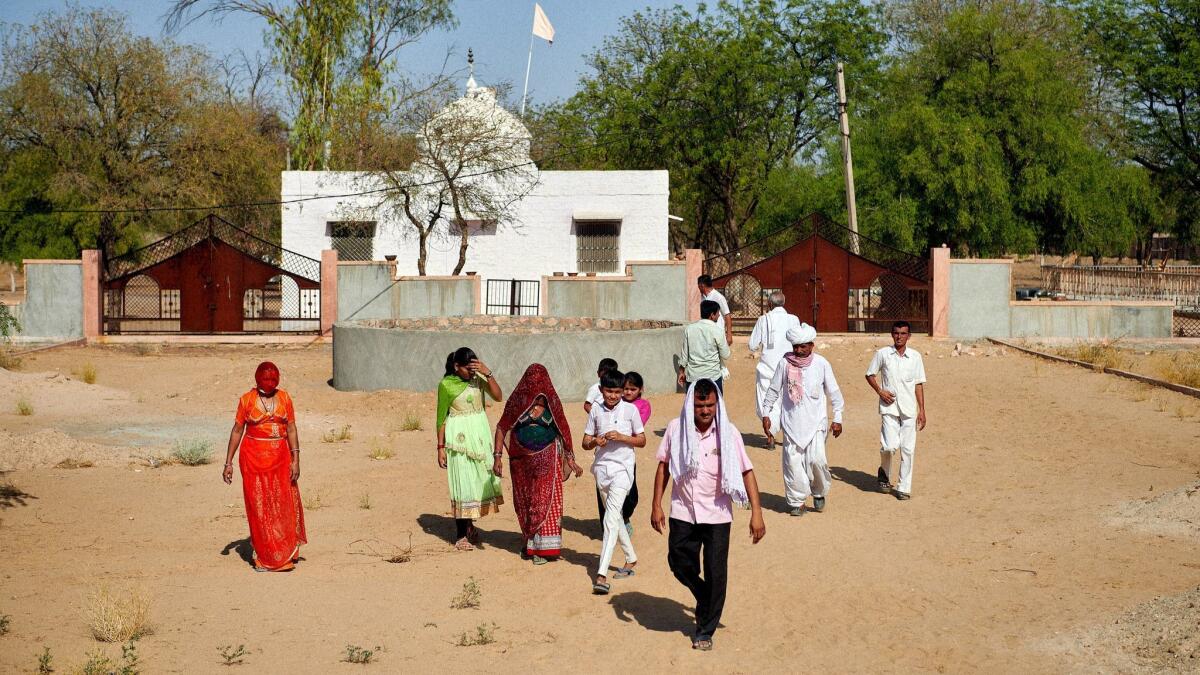
“We do a havan [fire ritual] every month and that lets us renew our faith,” she said, “as long as we try to live up to the principles.”
Those principles were on display in the Khan case, which began in October 1998 when the actor was shooting a movie in the desert and brought several of his costars on a nighttime hunting expedition. Outside Kankani village, in sparse scrub dotted with bushy khejri trees, Bishnoi villagers saw the beams of an off-road SUV flash across the moonlit brush.
When they heard gunfire, two men climbed on a motorcycle and raced to the site to find two blackbucks lying dead. They instantly recognized Khan in the driver’s seat, speeding away.
Dozens of Bishnoi men amassed on the main road back to Jodhpur. They blocked the way with stones and tractors, and when Khan’s SUV came roaring through, one Bishnoi man struck the vehicle with a baton, denting the hood.
But Khan escaped. The Bishnois went to the police and, when the cops were slow to act, staged protests and reported the crime to a local newspaper. Khan was arrested a few days later.
Over the next 20 years, apart from court appearances and a few nights in jail, he was free on bail and continued to make blockbuster movies.
In 2016, when Khan was acquitted in a related case of killing two chinkaras, Bishnois held silent rallies and defaced the actor’s posters.
But the group has generally tried to avoid publicity — lead witness Poonamchand Bishnoi, who was one of the men on the motorcycle, does not speak to the press — and cast the legal battle as a matter of religious duty.
“Twenty years is nothing. In our minds it’s as if it happened just a month ago,” said Jabbarsingh Bishnoi, a burly man in his 40s with a beaked nose and crushing grip. “We would have pursued the case all the way to the Supreme Court if we had to.”
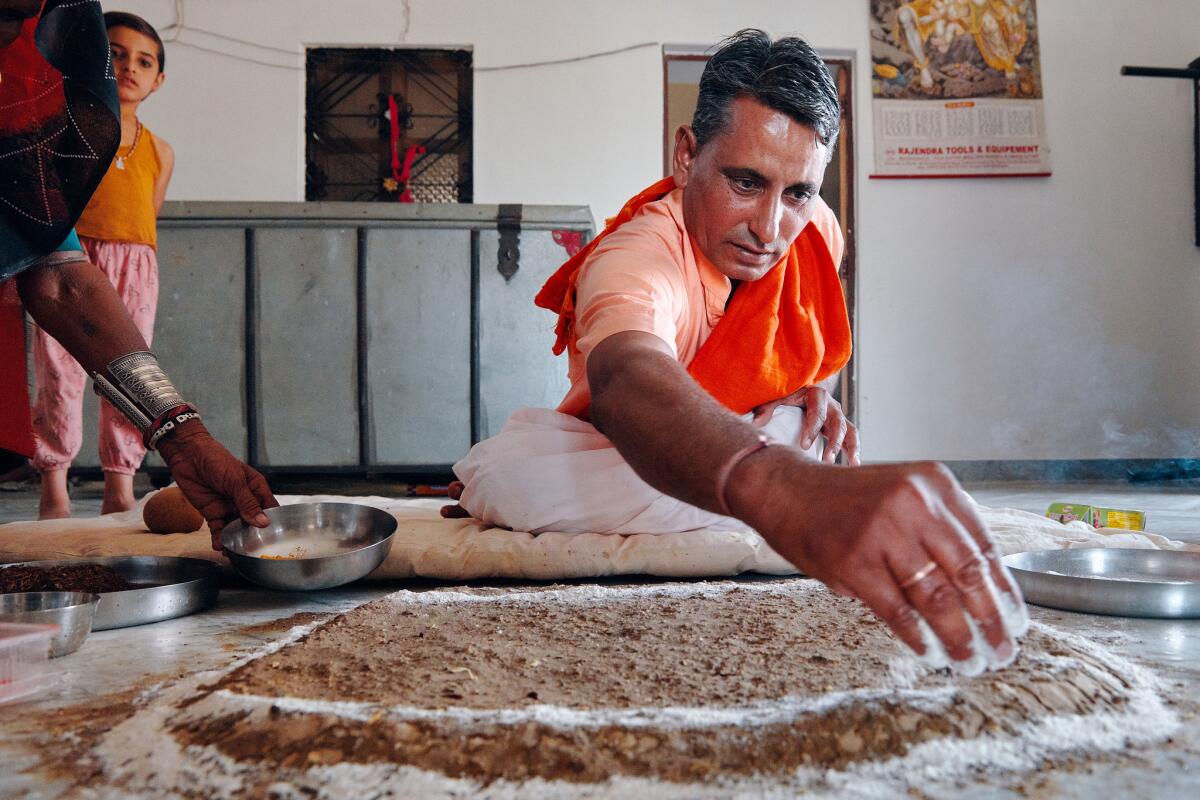
Special correspondent Parth M.N. contributed to this report.
Shashank Bengali is The Times’ South Asia correspondent. Follow him on Twitter at @SBengali
Sign up for Essential California
The most important California stories and recommendations in your inbox every morning.
You may occasionally receive promotional content from the Los Angeles Times.








